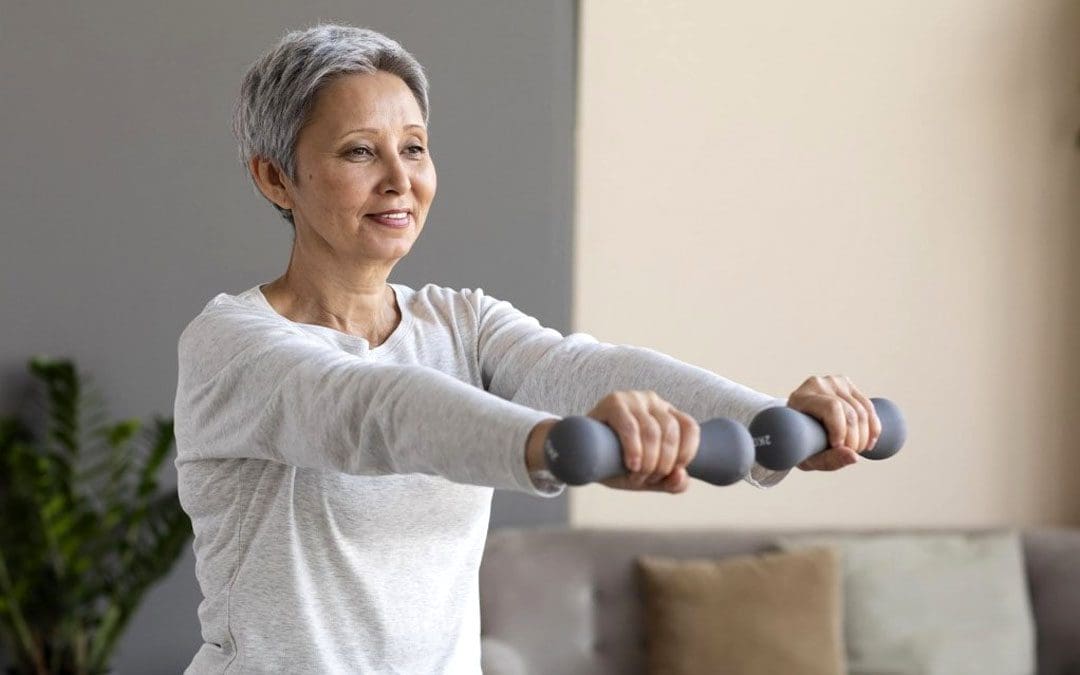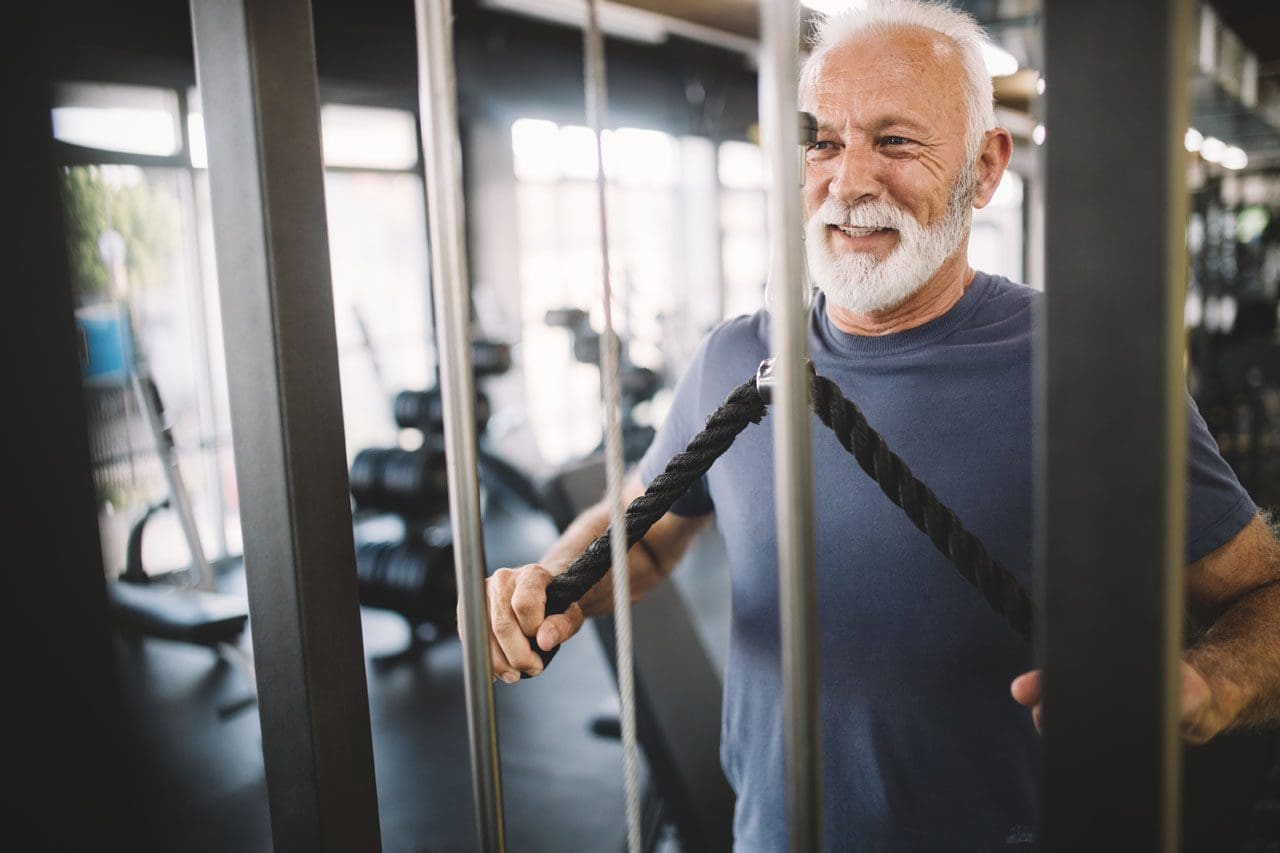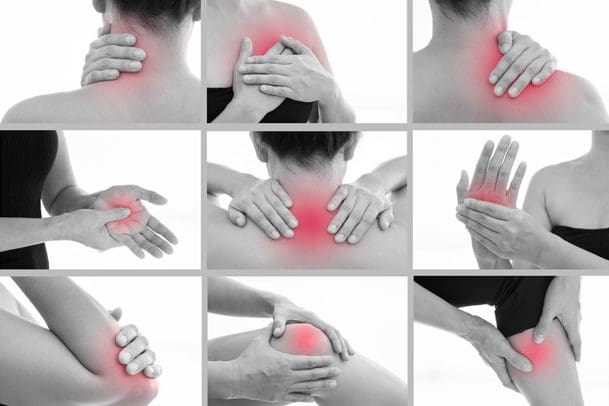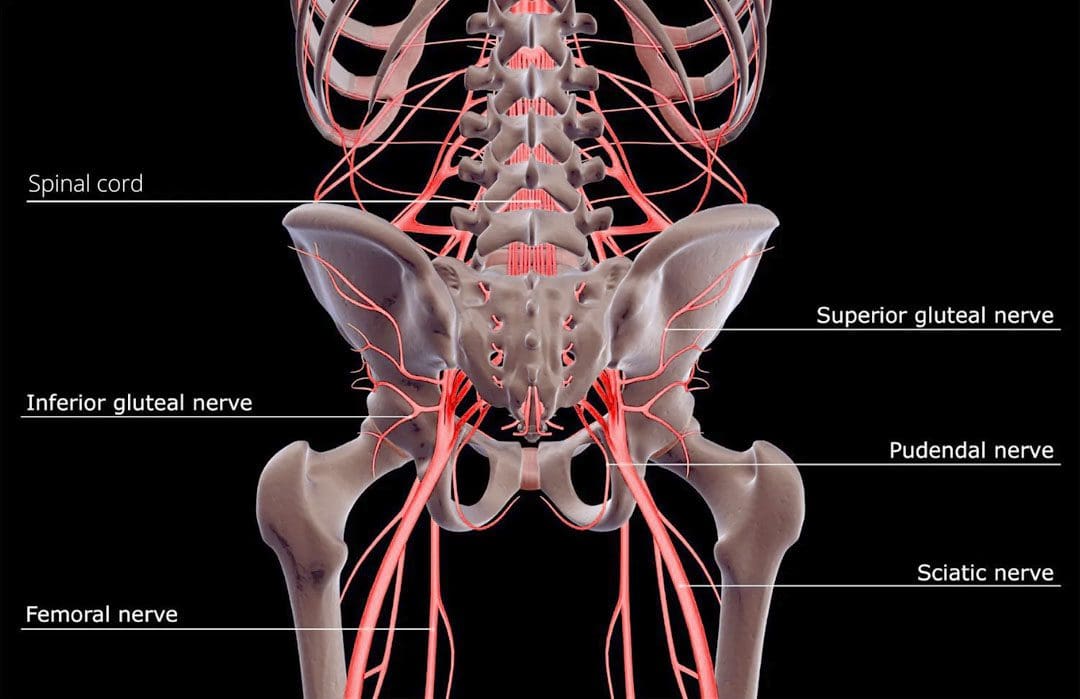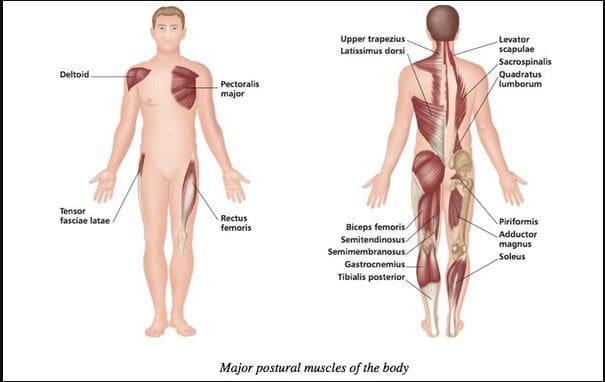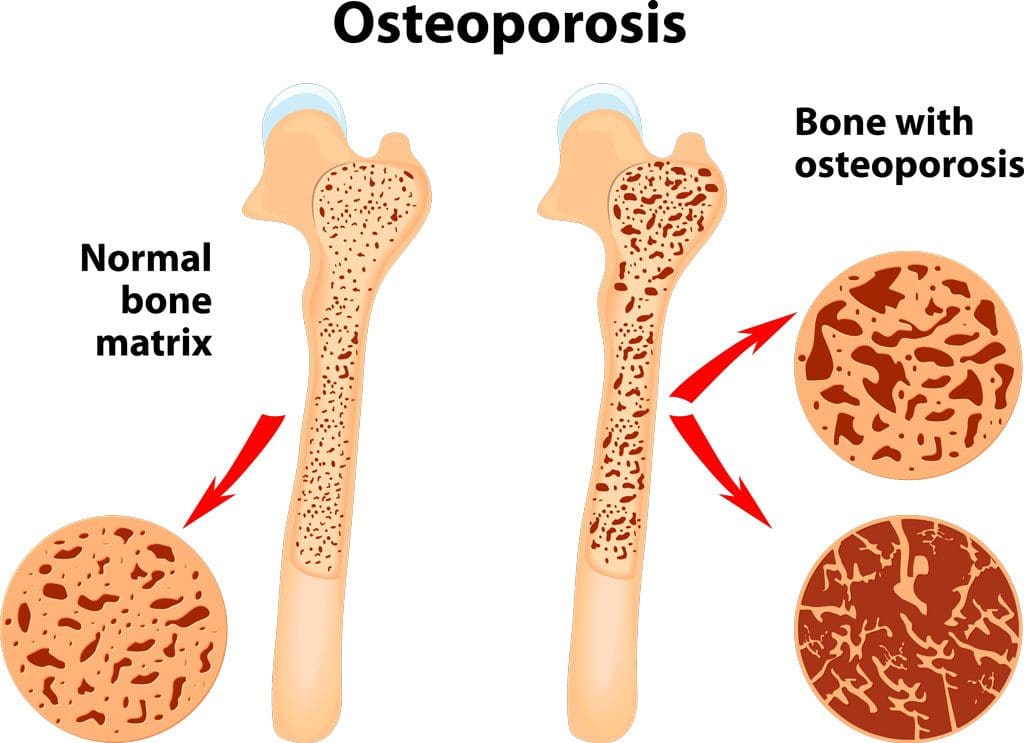Body balance is essential for walking, tying shoelaces, picking up objects, etc. Balance is an acquired skill that the body develops in response to different activities and surroundings. Everyone can benefit from improving and maintaining their balance muscles regardless of age. Balance exercises condition and strengthen the core muscles. Balance training helps improve posture and stability; athletes find it provides increased agility and added power; seniors utilize it to prevent injuries and maintain mobility, and fitness enthusiasts use it to improve workouts. Injury Medical Chiropractic and Functional Medicine Clinic provide whole-body realignment, rehabilitation, postural and balance training, and nutritional advice.
Table of Contents
Balance Exercises
Being able to move around efficiently requires healthy postural alignment and balance. The systems responsible for balance can be affected by the following:
- Gradual changes brought on by aging.
- Back problems.
- Foot problems.
- Injury.
- Side effects from medications.
- Arthritis.
- Stroke.
- Parkinson’s disease.
- Multiple sclerosis.
However, it was found that all responded well to exercises designed to improve balance.
Definition
Balance is the ability to control the body in space and distribute weight evenly to maintain uprightness. There are two types.
Dynamic Balance
- The ability to remain stable while performing movements or actions that require displacing or moving the body.
- Individuals use this type of balance each time the body takes a step in any direction.
- Dynamic balance is required when the body is in motion, like walking.
- A healthy dynamic balance is essential for the body’s ability to react to sudden changes.
Static Balance
- The ability to maintain a stationary position during movements like bending, twisting, reaching, and swaying around the axis of the body.
- Static balance is a non-locomotor skill.
Both types are essential and can be improved with targeted exercises.
Benefits
Everyone can benefit from balance exercises and can help at different stages of life and fitness levels.
General Public
Balance training:
- Teaches the body to use the core for stabilization.
- Creates muscular balance.
- Improves neuromuscular coordination and communication between the brain and muscles.
Individuals can start incorporating balance exercises into everyday routines. A few ways to do this include:
- When picking up an object, reach over to pick them up on one leg, with the other lifting straight into the air behind to engage the abs.
- Sit on a stability ball at work, school, or when watching TV.
- Stand on one foot while engaged in static balance activities like washing dishes, brushing teeth, etc., and alternate the feet.
Athletes
- Proprioceptive training is used with athletes for rehabilitation and prevention of injuries. Proprioception is the sense of body position.
- Practicing balance exercises increases the sense of control and awareness of the muscles and joints and how they function when in motion.
- Balance training increases power because the individual learns to use their center of gravity more efficiently.
- A stronger and more active core helps to increase jump height, throwing, swinging, shifting, and running.
Seniors
- Seniors can use balance exercise programs to improve stability for falling prevention and injuries.
Exercises
Below are basic instructions for the following balance exercises:
Tree Pose
Tree pose can be done on the floor, a mat, or Bosu. It strengthens the ankles, improves balance, and engages the core.
- Stand with feet together, spine tall and straight, and arms outstretched.
- If using a BOSU, use either the ball or the flat side.
- Gradually lift the left foot to the side of the calf and balance on the right foot.
- Gradually lift arms overhead to make the branches.
- Hold for 30 seconds, then switch to the other leg.
Single Leg Deadlift
This exercise strengthens the hamstrings and glutes, works on balance, and activates the abdominal wall. It can be done with or without weights like dumbells.
- Stand on the floor with feet together.
- Place most of the weight onto the right foot.
- Stare at a focal point in front and on the floor
- Slowly lower the torso to the ground while lifting the left leg behind.
- Keep the spine neutral and reach the hands toward the floor.
- Stop when the back is parallel to the floor.
- Don’t tighten or stiffen the right knee but keep it moveable.
- Squeeze the hamstrings, glutes, and abs while slowly returning to an upright position.
- Switch sides.
- Try for eight on each side.
Deadbug
This is a highly recommended core exercise that challenges the transverse abdominis.
- Lie on your back and extend your arms and legs toward the ceiling.
- Pull the abdominals in toward the midline.
- Lower the right leg and extend the left arm back.
- Return to the starting position and repeat with the opposite arm and leg.
- Keep switching sides until the set is complete.
The Chiropractic Approach
References
Bruijn, Sjoerd M, and Jaap H van Dieën. “Control of human gait stability through foot placement.” Journal of the Royal Society, Interface vol. 15,143 (2018): 20170816. doi:10.1098/rsif.2017.0816
Dunsky, Ayelet, et al. “Balance Performance Is Task Specific in Older Adults.” BioMed research international vol. 2017 (2017): 6987017. doi:10.1155/2017/6987017
Feldman, Anatol G. “The Relationship Between Postural and Movement Stability.” Advances in experimental medicine and biology vol. 957 (2016): 105-120. doi:10.1007/978-3-319-47313-0_6
Hlaing, Su Su et al. “Effects of core stabilization exercise and strengthening exercise on proprioception, balance, muscle thickness and pain-related outcomes in patients with subacute nonspecific low back pain: a randomized controlled trial.” BMC musculoskeletal disorders vol. 22,1 998. 30 Nov. 2021, doi:10.1186/s12891-021-04858-6
Kim, Beomryong, and Jongeun Yim. “Core Stability and Hip Exercises Improve Physical Function and Activity in Patients with Nonspecific Low Back Pain: A Randomized Controlled Trial.” The Tohoku Journal of experimental medicine vol. 251,3 (2020): 193-206. doi:10.1620/tjem.251.193
Prado, Erick Tadeu et al. “Hatha yoga on body balance.” International Journal of Yoga vol. 7,2 (2014): 133-7. doi:10.4103/0973-6131.133893
Thomas, Ewan, et al. “Physical activity programs for balance and fall prevention in elderly: A systematic review.” Medicine vol. 98,27 (2019): e16218. doi:10.1097/MD.0000000000016218














